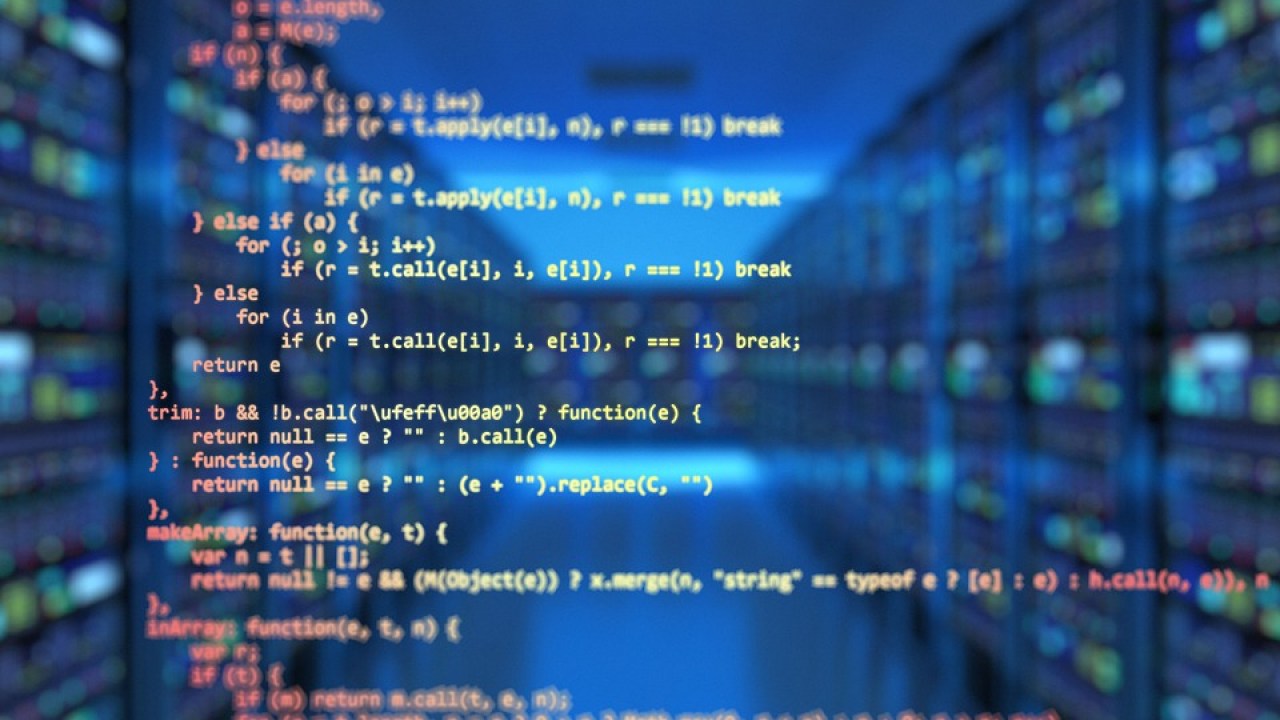Have you ever heard of sequential structuresIf you don't know, don't worry, today we bring you everything related to this interesting topic, don't miss it.

Sequential structures
In the world of programming those actions are considered where they become instructions, followed by another sequence. The situations are presented in the form of tasks that go consecutively one after another: it can then be said that they depend on each other and follow one another immediately.
In this sense, the output of one sequence becomes the input of another, originating the action through sentences, which follow immediately afterwards and generate an operation or action within the resources in the operating systems.
All the sequential structures they are executed in each action and carries a respective order, allowing each process to be generated after the completion of another, almost immediately. In programmatic language it would be as follows, let's see the example:
INPUT x
INPUT and
auxiliary = x
x = y
y = auxiliary
PRINT x
PRINT and
As we can see, it is a sequence of instructions that allows integrating the values of "x" and "y", with the help of intermediate variables, the definition in understandable terms would be the following: A copy of the value of x is saved in auxiliary, it is saved the value y in x, which in turn loses its original value, but a copy is kept as auxiliary content, that value copies the auxiliary value and makes it the initial value of x.
The result is the process of exchange between the values of "x" and "y", with three operations that must have a defined sequence for the operation to take place; if the commands are not placed in the specific order, the sequence is lost and the action becomes inoperative.
Components ??
The above leads us to consider an algorithm that is easy to execute, making it a daily process within the processes of executing programs and commands of a system. For this, there must be a series of components that allow its execution.
Assignment
The first element is made up of the assignment, which consists of a passage of results to an area of memory, there it is recognized with a variable and in turn it will receive a value. This allocation varies according to certain specifications:
-Simple or simple, it is an assignment action where a constant value is passed to a variable.
-Counter, the value is received the same but it becomes constant in a variable.
-Accumulator, is used as an adder for a process.
-Work, the assignment is received, and the result of the mathematical operation results from the inclusion of various variables.
-The formats that should be used to make the assignments are the following: <Variable>,
Symbols
They are commands that are sent through an output device, (Printer, mouse, etc.). Through a message, which results in an instruction presented on the screen through a writing in quotes and with a variable content.
Automate data aggregation between multiple cloud and on-premise platforms
The data entry is carried out through a reading, which tends to capture in the input device such as a keyboard, a respective value or data; This is stored in the variable that appears immediately after the instruction, and is presented in the language as follows: READ <Variable>.
If you want to know more about these topics, we invite you to read the following article Polymorphism in programming, where you can learn about other similar content.
Variables process
This action is within the programming functions and is derived from the sequential structures. They are used to create lists at the origin of the algorithm, on the total of the data that will later be used; in this way it is carried out by placing the name of the variable, including its type.
The variable declaration includes the counter, where you can put the age if that data is needed; variables of type integer are then considered, but if we place a declaration like salaraio_basico, it is interpreted as a type of variable and it will be declared as alphanumeric.
If at the time of making constant declarations, there is the possibility of creating other types, the respective value must be indicated. Programming jobs with algorithms are not determined to make data assertions.
Also, they are not considered constants for ease of use, so it is not mandatory to declare variables in sequential structures.
Application
These processes are carried out in algorithms that are more readable and ordered, so the programmer gets used to declaring them and maintaining the sequence, avoiding interruptions in the actions.
For example, programming languages such as C ++, need these statements and variable declarations, since that is how functions are executed and commands maintain the distribution and fluidity of actions.
As an example, we can say that an algorithm to which two numbers are assigned and is asked with a variable related to the sum, will show the result of the operation between them, it is a simple action but it implies the granting of variable declarations. Another example could be to set the area of a geometric figure by giving the height and base variables.
Final comment
Programming languages are designed to be structured efficiently according to the type of software, it gives the computer the opportunity to perform various tasks, however, the sequential structures are maintained regardless of versions or updates, it is a constant action widely used in schedules.
We have finished for today, we hope that the information provided has served to help us learn more about sequential structures, an important element within programming languages, which must be studied carefully.


